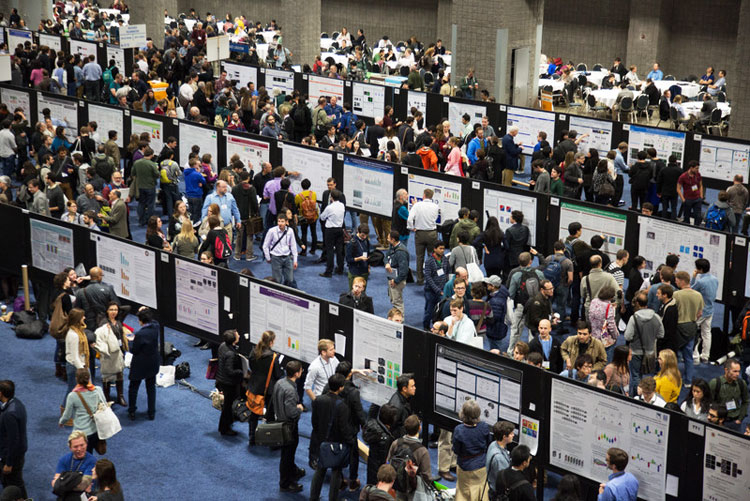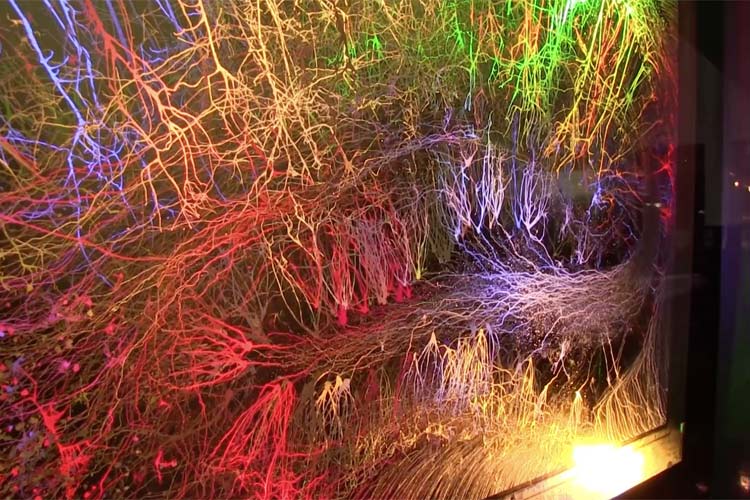
SfN Adjusts Themes and Topics for Future Annual Meetings

Each year, scientific abstracts submitted to the SfN annual meeting are slotted into relevant themes and topics by the Program Committee, whose members organize and create sessions for the meeting. The committee annually evaluates the themes to ensure that the breadth of the field is covered and that no one theme or topic area is over- or underrepresented in the scientific program. As a result of that analysis, the committee has made changes that will go into effect for the 2016 meeting.
Reorganization of Meeting Themes for Neuroscience 2016
Recognizing that disease-related presentations, including posters and symposia/minisymposia, significantly outnumbered other themes at the meeting in recent years, the Program Committee has implemented the largest reorganization of the themes and topics in recent history. Beginning next year, scientists who study basic developmental neurobiology and neurodevelopmental disorders will have their abstracts under the same theme, “Development,” for example, and a new theme, “Motivation and Emotion,” will integrate research on mechanisms of motivational behavior with work on mechanisms of drug addiction.
Goal of Theme Adjustment
“Our primary goal was to make the abstract numbers more evenly distributed among themes,” said Liqun Luo, chair of the Program Committee, noting that the SfN Council tasked the committee with finding a way to achieve greater balance between basic science and disease-related sessions.
“The number of abstracts in each theme are relevant to how the committee chooses symposia and minisymposia,” Luo said. “These scientific presentations are selected in proportion to the abstract submission numbers.” Prior to the reorganization, abstract numbers for the different themes varied greatly (from a few hundred to nearly 5,000), with an overrepresentation of Theme C (Disorders of the Nervous System). This created a major challenge for Program Committee members, who need to reach a consensus on their symposia/minisymposia selections in the course of a two-day meeting.
Luo noted that another goal of the adjustment is to foster interactions of scientists working on related areas — especially those working on basic and disease-related research — by placing their topics in the same themes.
Program Committee Efforts
A working group of the Program Committee focused attention on this effort for more than a year before presenting several models that were voted on by the full committee. “We tried to identify the best approach to satisfying the goals,” said Serena Dudek, past committee chair. “Because topics in neuroscience form a highly interconnected network, it’s difficult to come up with a linear sequence of themes. We recognize that such a list cannot possibly capture this rich network of our members’ research, but this change will help even out topic areas so that we select only the very best symposia and minisymposia submissions in the face of the ever-changing interests of SfN members.”
The Program Committee will continue to modify the themes and topics in future years in response to SfN member feedback.





















